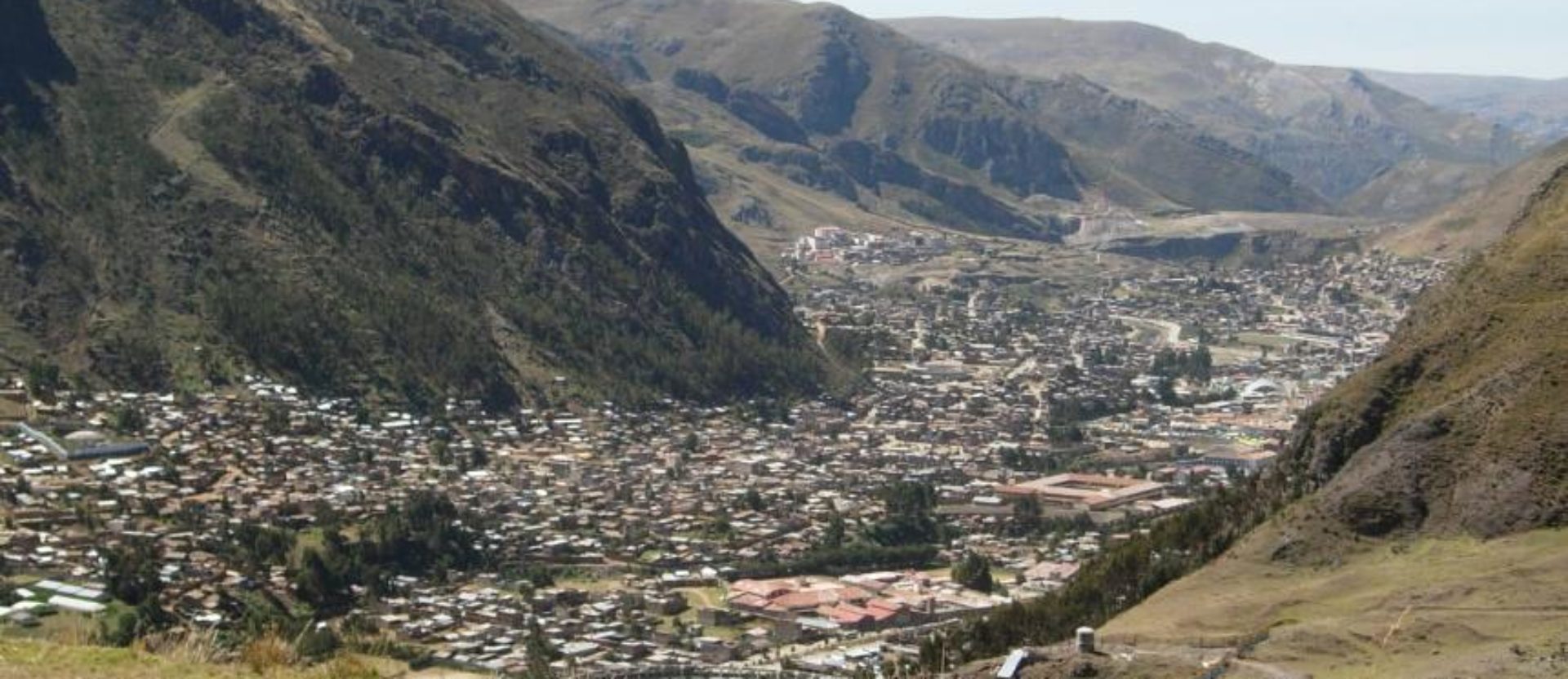The city of Huancavelica, Peru, is among the most mercury contaminated urban areas in the world. Between 1564 and 1975, the city and surrounding region were contaminated by at least 25,000 metric tons of mercury vapor as a result of cinnabar refining. Most of this mercury was produced in the colonial period and was used in Andean silver refining operations.
Today, Huancavelica’s 49,000 residents shoulder this toxic burden on a daily basis, and about 19,000 are at risk of mercury, lead and arsenic exposure inside of their homes.
Almost 50% of the houses in the city are constructed of adobe made from local, contaminated soil. Our research has demonstrated that these homes contain levels of these heavy metals above screening levels. In addition, there is off gassing of elemental mercury from the walls of many of these homes. Residents are exposed to these toxins through ingestion of particle-bound heavy metals released from the walls and floors as dust, and through inhalation of mercury vapors.
